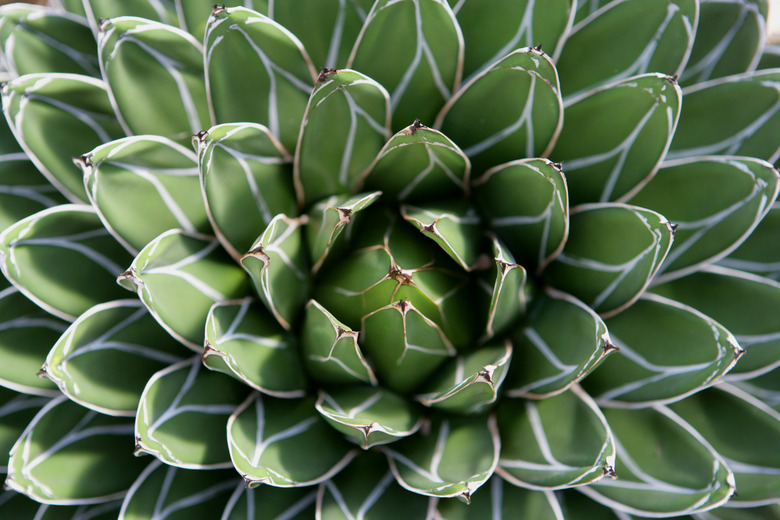Cactus Plants That Grow In Florida
We may receive a commission on purchases made from links.
Florida isn't known for a dry, desert-like climate that spawns a variety of cactuses. It is, all the same, home to several cactus plants — with some native to the state. Sandy soil is the only similarity between the desert and the tropical environment of Florida, but the warmth, humidity and number of sunny days are attractive to specific varieties of cactus plants that grow in Florida. Growing cactus adds pizzazz to a landscape, and the popular xeriscapes in the Sunshine State prefer cactus since they don't need continuous watering and are easy to maintain.
Cultivating Florida Cactus Plants
Cultivating Florida Cactus Plants
Before loading your shopping cart with a variety of cactus found in your garden center, it's best to understand the growing conditions where they should be planted. Most cactus plants in Florida are grown in containers for better control of the growing conditions, but several grow well outdoors. Be sure your cactus gets sun during the day and can retreat into darkness at night. Also, they don't like the cold. If your Florida landscape gets an occasional winter frost, you may be better off planting your cactus in a container and bringing it indoors when the temperatures drop.
Indoors or outdoors, a cactus doesn't need a lot of water. In fact, summer watering is minimal and winter watering is almost never required. In fact, it should be restrained until new growth appears in the spring. The "holiday cactus" group (USDA zones 10-12) — Thanksgiving cactus (Schlumbergera truncata), Christmas cactus (Schlumbergera russelliana, formerly S. bridgesii), and Easter cactus (Schlumbergera gaertneri) — are the only Florida-hardy cactus that like rich, moist soil, unlike its desert-like cousins that prosper in sandy soil.
Florida Cactus Species
Florida Cactus Species
The holiday cactus plants are an anomaly. They prefer cool nights and need at least 12 hours of darkness for the flowers to bloom. In the growing season (April to September) fertilize at least monthly and keep it in filtered sun — but not in direct sunlight. Because this cactus doesn't like artificial light, it's important to turn out the house lights at night. Placing the container within 6 feet of a south- or west-facing window is ideal and, because it prefers to be a bit root-bound, don't give it too much room in the container.
Another Florida cactus that thrives well in the tropical climate is the prickly pear (Opuntia humifusa, USDA zones 4-9), native to Mexico and the American Southwest, and easily identified by its pancake-like flat pads that grow on top of each other as they mature. There are about a dozen species of prickly pear, and the "devil's tongue" grows especially well in the sandy, well-draining soil of Florida. The triangle cactus (Acanthocereus tetragonus, USDA zones 10-11) and the night-blooming cereus (Epiphyllum oxypetalum, USDA zones 10-12) are the other Florida-centric cactuses. Other night-blooming cactuses familiar in Florida landscapes are the Royen's tree cactus (Pilosocereus royenii, USDA zones 10-11) and the Simpson's apple cactus (Harrisia simpsonii, USDA zones 9b-11).
Dragon Fruit Cactus
Dragon Fruit Cactus
An easily maintained fruit-producing cactus, the dragon fruit (Selenicereus undatus, formerly Hylocereus undatus, USDA zones 9-11), is also a night-blooming plant with prolific vine-like green stems. The flowers appear for only one night and give off an intoxicating scent. The Sputnik-like orbs hanging from the vines are the fruit of the plant. Eaten directly from the vine or made into jams and jellies, the exotic pink-red fruits are prized in Southeast Asia and in Florida.
